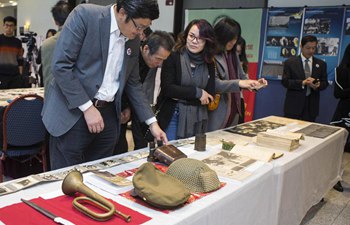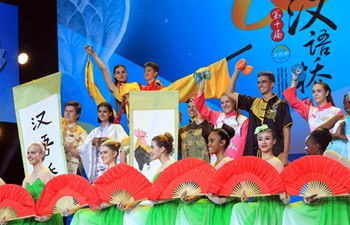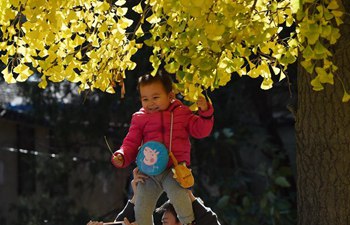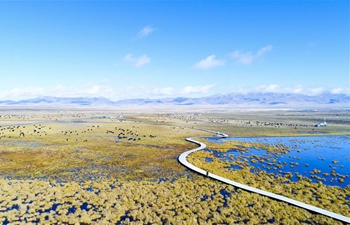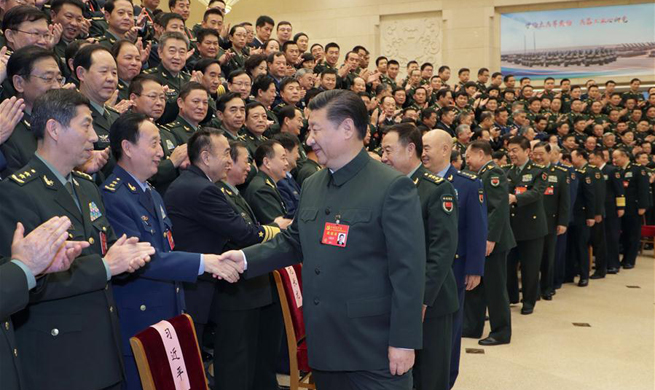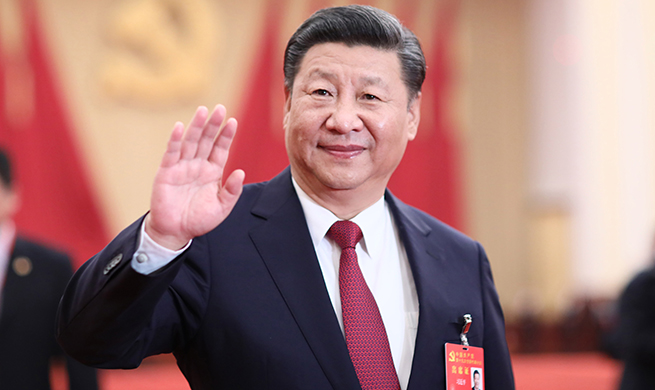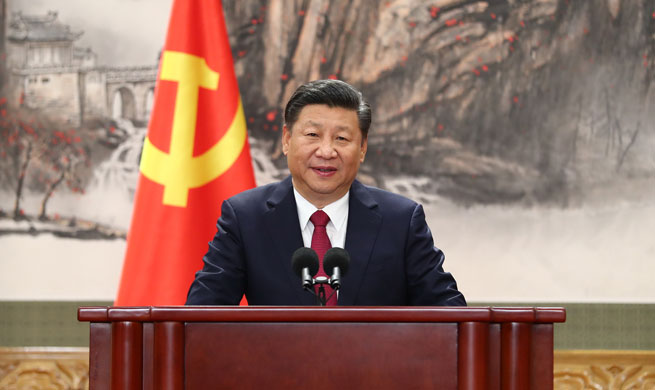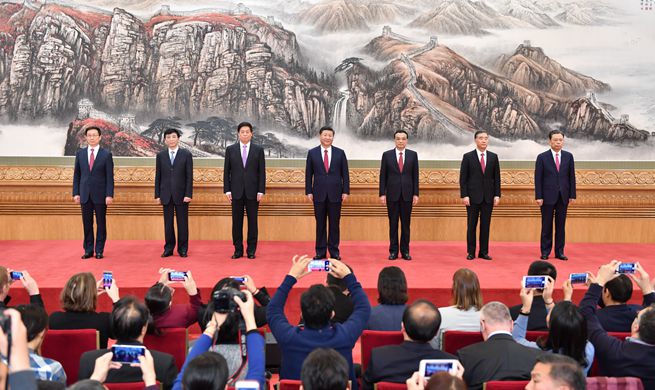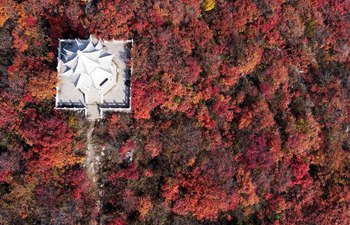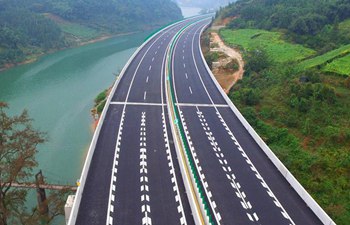LOS ANGELES, Oct. 29 (Xinhua) -- The U.S. National Aeronautics and Space Administration (NASA) is targeting no earlier than December for SpaceX's 13th cargo mission to International Space Station (ISS), using another refurbished Dragon capsule.
The uncrewed Dragon that will launch on a Falcon 9 rocket was flown on SpaceX's sixth commercial resupply mission (CRS-6) to station for NASA, which lifted off in April 2015. The capsule came back to the Earth for soft, parachute-aided ocean splashdowns.
This is not the first time SpaceX flys a used Dragon. On June 3, a Falcon 9 launched a capsule whose first ISS mission came in September 2014.
Such activities are part of company founder and CEO Elon Musk's effort to develop fully and rapidly reusable spaceflight systems, which may revolutionize space exploration by dramatically cutting its cost.
The Falcon 9's first stage is reusable as well. The California-based company has successfully landed these boosters 18 times during orbital missions.
Most recently on Oct. 11, SpaceX successfully launched the EchoStar 105/SES-11 payload from Launch Complex 39A (LC-39A) at NASA's Kennedy Space Center, Florida. Following stage separation, Falcon 9's first stage successfully landed on the "Of Course I Still Love You" droneship, which is stationed in the Atlantic Ocean.
The launch will also mark the return to service of Space Launch Complex 40 at Cape Canaveral Air Force Station in Florida, according to the U.S. space agency.
The pad has been out of commission since September 2016, when a SpaceX Falcon 9 rocket exploded there during a routine prelaunch test.
The California-based company has been making contracted ISS resupply runs for NASA using Dragon and the Falcon 9 for five years. This is the 13th SpaceX mission under NASA's Commercial Resupply Services contract.
In addition to supplies and equipment, Dragon will carry a number of interesting payloads on the upcoming mission to the space station, including a NASA instrument called Total and Spectral Solar Irradiance Sensor, or TSIS-1, which will measure the Sun's energy input to Earth, and a fiber optic payload.
Also manifested on this flight is an investigation sponsored by the Center for the Advancement of Science in Space known as Biorasis, Glucose Biosensor, which seeks to improve the accuracy of a wireless medically implantable continuous glucose biosensor for day-to-day diabetes management, said NASA.





